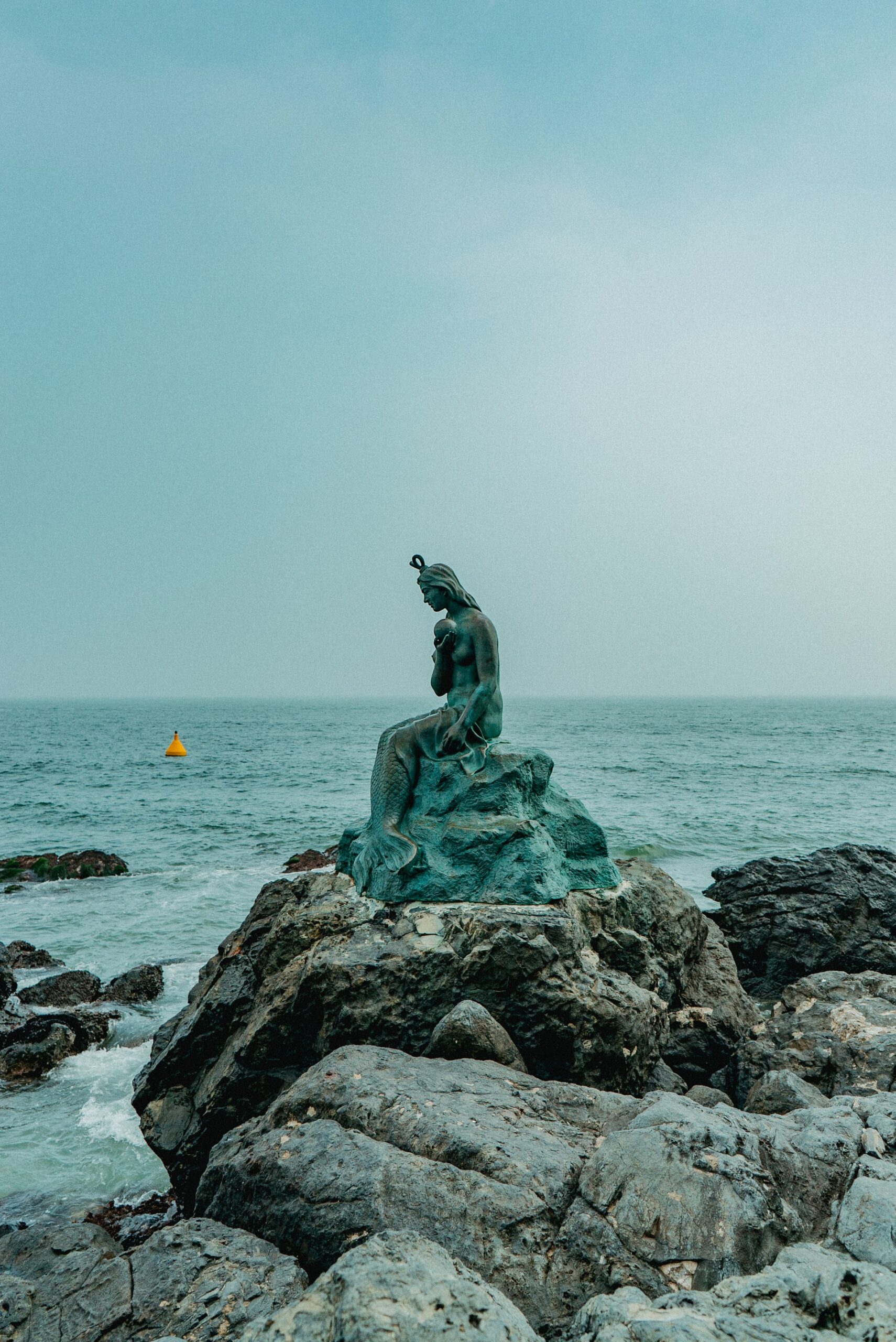
The other day I came across a mention of mermaids and the folklore surrounding them, and while I know that mer-people can be women or men, I found myself thinking about mermaids in particular, and how drastically their portrayals oscillate between harmless beauties and seductive monsters. Naturally, the monsters interested me more, so I decided to dig deeper into what makes mermaids so terrifying.
First, let’s look at the broad characteristics of a dangerous mermaid. Although depictions of mermaids have changed over time, generally speaking they are said to be beautiful to an unearthly degree, at first appearing friendly, timid and deeply desirable. But once a man (or sometimes an entire ship of men) is foolish enough to get too close, the beauty disappears, and a terrifying monster is unleashed – leaving the men no chance of survival.
These creatures are undoubtedly frightening, but what makes them so? I believe this can be due to three key characteristics of mermaids:
- The Shocking Contrast: In their seductive, beautiful forms, mermaids represent an elevation of the ‘ideal’ woman of the patriarchy – beautiful, sexually welcoming (but never stating it outright, of course), meek, and helpless. And then comes the switch – a horrific perversion of all of these ideals, with the beautiful sea creature transforming into a hideous, bloodthirsty monster. The unexpected and highly deceptive shift catches one off guard and is immediately followed by a deep sense of impending doom.
- Female power in a space dominated by men: Mermaid folklore was most commonly propagated among sailors, a vast majority of whom were men. It is interesting that the mermaid is not only female, but also far more powerful than any of the men it preys upon. Part of the terror associated with this creature could stem from a deep-seated patriarchal fear of women in a position of power.
- Life or death: While there have been stories of mermaids falling in love with men, in most cases the result of encountering one is death. Once again, we see a rather interesting dynamic between the male and female – the mermaid seems to represent the fact that there can only be one side in power, and when trapped by her, men stand no chance (again, representing a real fear of female empowerment).
In short, here is a female creature in a sea of male sailors, who deceives her prey by appearing to be exactly what they desire most, only to lure them in and morph into their worst fears before killing them. The mermaid essentially weaponises the entire system created to control those of her apparent gender, and uses it for her own sinister gain, making her the ultimate predator.
Works Cited
Simon, Matt. “Fantastically Wrong: The Murderous, Sometimes Sexy History of the Mermaid” WIRED. October 15th, 2014. Web. < https://www.wired.com/2014/10/fantastically-wrong-strange-murderous-sometimes-sexy-history-mermaid/ > as seen on May 12th, 2022.
“What is a mermaid and what do they symbolise?” Royal Museums Greenwich. Web. < https://www.rmg.co.uk/stories/topics/what-mermaid#:~:text=One%20of%20the%20earliest%20mermaid,top%20half%20in%20human%20form. > as seen on May 12th, 2022.
Beck, Kellen. “Um, who decided to make this mermaid movie look so terrifying?” Mashable. September 17th, 2018. Web. < https://mashable.com/video/mermaids-song-trailer > as seen on May 12th, 2022.
